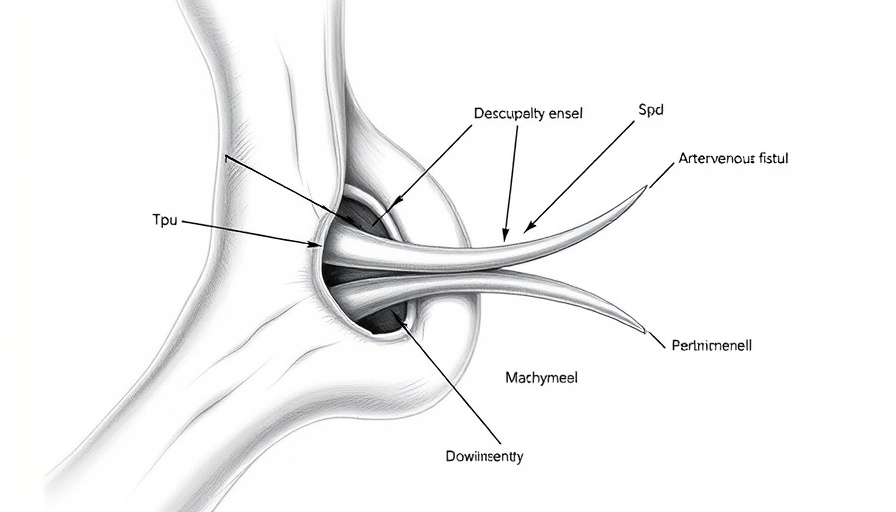
Understanding the Risks of High Street Health Tests
The surge of self-testing kits available on high streets across the UK has sparked significant concern among health experts. Recent research published by The BMJ reveals that many of these tests, marketed for conditions ranging from vitamin D deficiency to thyroid function, are not only unfit for purpose but also significantly lacking in proper regulation. Experts warn that this regulatory gap poses potential health risks, with consumers navigating a landscape fraught with misinformation and inadequate support.
What the Studies Found
A comprehensive analysis spearheaded by researchers at the University of Birmingham scrutinized 30 self-tests acquired from supermarkets, pharmacies, and specialty health shops. Strikingly, only 14 of these tests provided any statement regarding their accuracy. Furthermore, just eight included guidance on who should or should not utilize the tests, and a mere seven indicated the necessary actions following the result. This reveals a disconcerting trend: poor clarity around usability leads to misinterpretations and potentially harmful health decisions.
Concerns Raised by Experts
Experts such as those involved in the research emphasize that the self-tests often fall short of rigorous standards. Out of the tests evaluated, a staggering 24 claimed performance metrics suggesting 98% accuracy or higher. Yet, the backing evidence for such claims remained largely inaccessible or of dubious quality. Health professionals express ethical concerns regarding the transparency of these claims, stressing the need for better consumer protection mechanisms.
The Growing Market for Self-Tests
The self-testing phenomenon is projected to expand significantly, with estimates suggesting the UK market may hit £660 million by 2030. The rapid growth raises additional questions about the implications of allowing such products to be readily available without stringent oversight. As more consumers turn to DIY health solutions, the onus is on both manufacturers and regulatory bodies to provide reliable and safe options.
What Should Consumers Know?
Given the findings, consumers must exercise caution when considering self-testing kits. Here are key considerations:
- Read the Labels: Look for information about accuracy and intended use. If these are lacking, think twice about the kit.
- Consult Professionals: If you receive an abnormal result, consult a healthcare professional immediately, even if the test advises follow-up action.
- Educate Yourself: Understand the meaning of the conditions you are testing for, and ensure the test's purpose aligns with any symptoms you may be experiencing.
Potential Impact on Healthcare Decisions
Relying on unregulated self-tests can lead to severe misinterpretations. With evidence suggesting that 11 out of 19 tested conditions were used in ways contradictory to established guidelines, the stakes could not be higher. Individuals may delay seeking necessary medical attention, mistaking self-test results for definitive health assessments.
The Call for Greater Regulation
Experts advocate for increased regulation of self-testing kits to ensure consumer safety and reliability. Implementing standardized testing protocols and mandating transparent labeling practices may help bridge the gap between consumer demand and health safety regulations. Such measures could not only protect consumers but also uphold the integrity of public health initiatives.
Final Thoughts
The health and well-being of consumers are paramount, making the regulation of self-testing kits a critical issue. As the market continues to evolve, increased awareness and appropriate measures must follow to ensure that results from self-tests lead to informed and safe health decisions.
Take Action: Stay informed about the health tests you use, and advocate for regulatory changes that protect consumer interests. Encourage discussions about safe practices in health technology to promote a healthier community.
 Add Row
Add Row  Add
Add 




Write A Comment